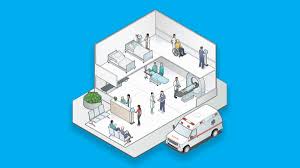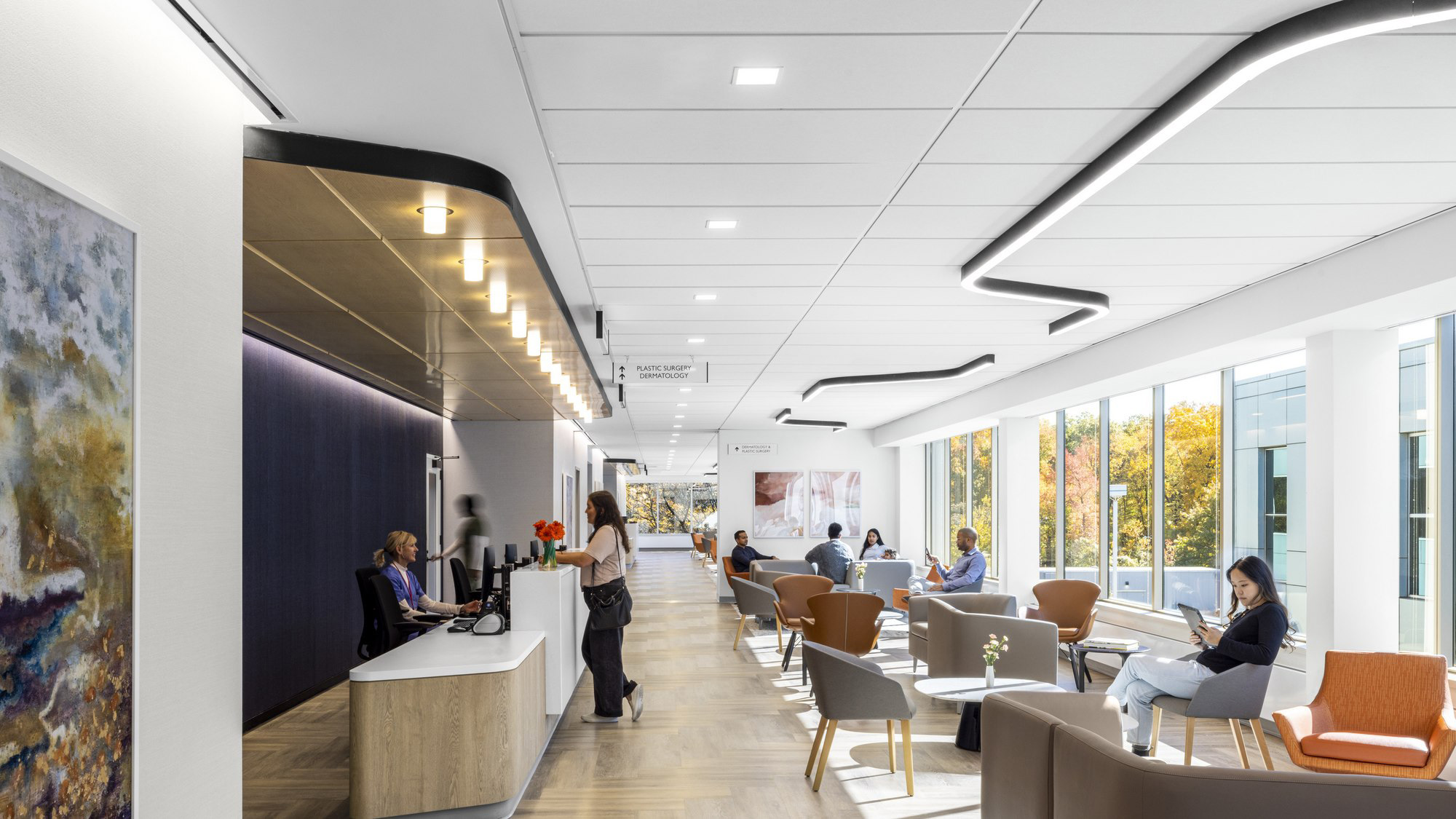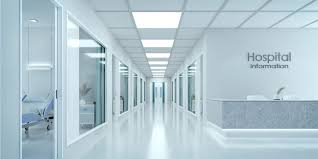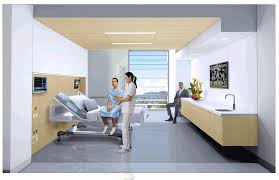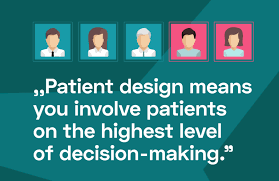What is healthcare architecture?
Healthcare architecture is a specialised field of architecture focused on the design and planning of healthcare facilities such as hospitals, clinics, medical offices, and other health-related environments. This type of architecture requires a unique blend of planning, technical knowledge, and deep understanding of healthcare operations and clinical spaces to create spaces that are efficient, safe, and conducive to healing.
At Praveka Projects, we are experts in healthcare design. We firmly believe that functional architecture starts with a profound understanding of how users – patients and staff – need to access and use the space. Understanding the needs of patients – from patient flow and experience, as well as the exacting needs of clinicians, enables us to create a long-lasting solution that incorporates both innovation and best practice, as well as delivering an exceptional healthcare experience.
Every healthcare environment should be as unique as its context. That’s why we embrace a deep understanding of our clients’ missions and then design with empathy for patient, family and staff experience. We’re not a traditional healthcare architecture practice. Our DNA is diverse and collaborative. Our integrated staff advances care delivery that promotes health and well-being on a global scale and in local communities.
Patient Centric Design
In the constantly evolving realm of healthcare architecture, it is critical to follow a workflow that facilitates patient-centered care. As the name suggests, this approach places the patient’s needs, comfort, and overall well-being at the core of architectural decisions, ensuring the healthcare space can elevate the healing process and amplify the therapeutic impact of the built environment.
The underpinning principle of patient-centered care is rooted in the understanding that the physical environment significantly influences the physiological and psychological state of its occupants. When a patient feels at ease, stress levels reduce, which can contribute to faster recovery times and improved outcomes. As such, the built environment plays an active role in the healing process, rather than just a passive backdrop.
Drawing on decades of collective experience from our focus on healthcare architecture, we understand the impact on health and healing, and bring the creation of calming spaces – for both patients, staff and visitors – into our creative work.
Elements of Patient-Centered Design

Nature
By incorporating elements of nature, be it through direct means like gardens and courtyards, or indirectly through art and design, spaces can cultivate a sense of calm. Studies have shown that even just views of nature can reduce patient anxiety and pain perception.
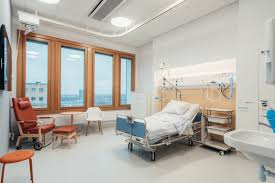
Single in Patient rooms
While multi-bed wards were once the norm, the shift to single in-patient rooms has been proven to help increase privacy but also to better control infection, manage noise levels, and provide a personalised healing environment.

Familial Support
Praveka Projects also recognises the importance of familial support in the recovery process; and modern healthcare designs often include comfortable spaces for family members to stay and engage with the patient, thereby enhancing the overall healing experience.

Faster Recovery
Beyond the direct benefits to patients, a patient-centered design has ripple effects throughout the healthcare system. When patients recover faster, it can lead to shorter hospital stays, thereby reducing costs and freeing up essential resources.

Staff
Staff, too, benefit from such designs. When patients are less stressed and more comfortable, it can help to ease workload and improve job satisfaction.
